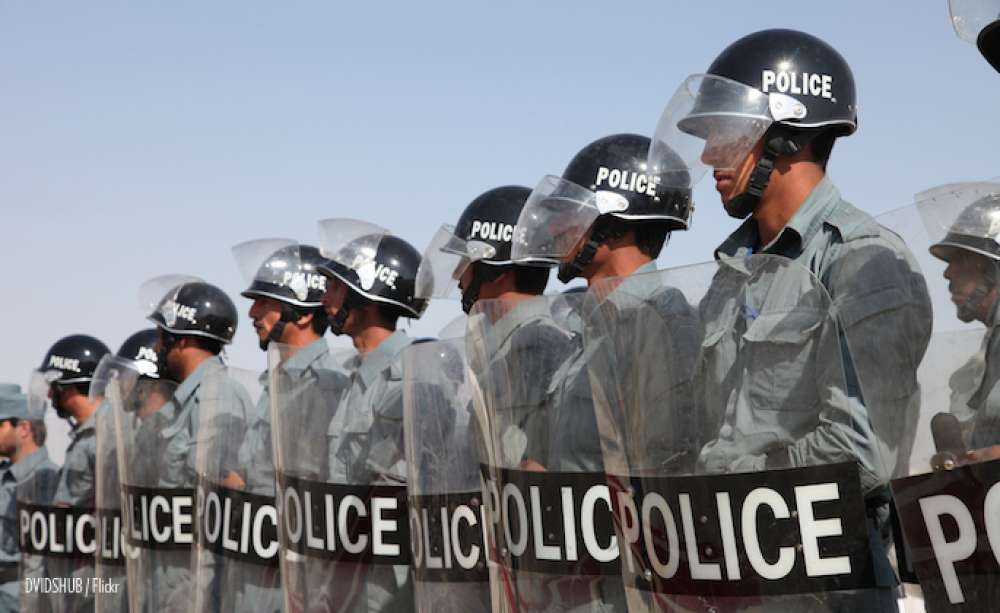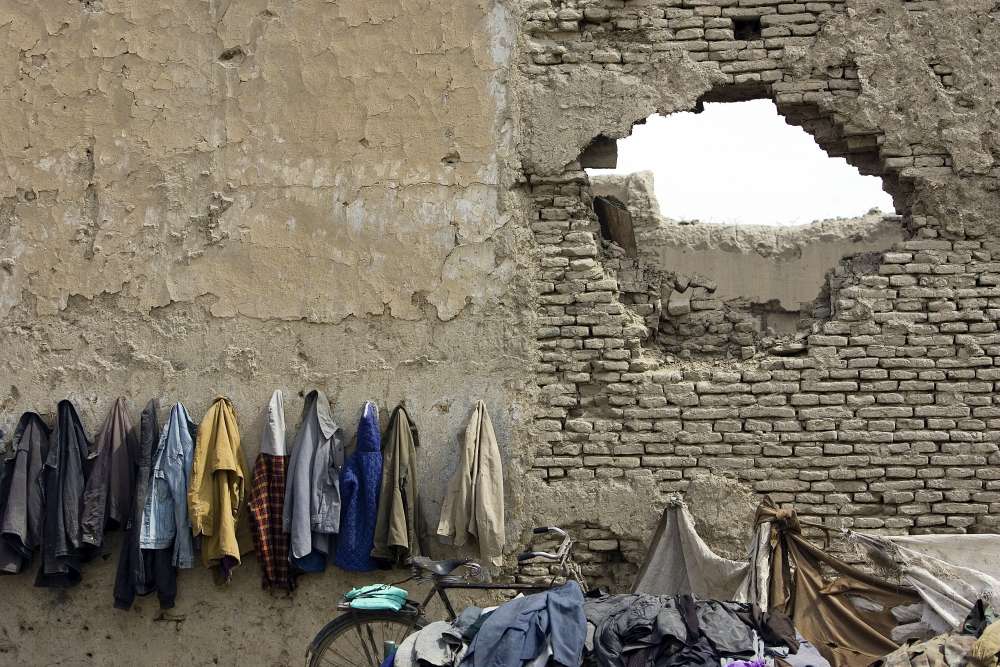Political Guidance or Autonomy in Peacebuilding? EU Police Reform in Afghanistan and Kosovo

Abstract
Reviewing findings from the recent institutional turn in peacebuilding research, this article identifies two conflicting arguments with respect to institutional designs that affect the performance of peace operations. One perspective favours functional decentralization and mission latitude, while the other perspective argues that a lack of political guidance strips mission leadership of their authority vis-à-vis local power brokers and reduces the likelihood of a ‘robust’ approach. Comparing two EU crisis management missions in Kosovo and Afghanistan, the article asks which of the two perspectives is supported by the institutional design and performance of EU peace operations. Unlike the UN – the focus of most previous research – the EU’s institutional framework is highly centralized. This provided member states with ample opportunities for political guidance, but such guidance was, in fact, negatively associated with performance. This finding suggests that the political guidance thesis must be treated with caution. Because member states’ interests vis-à-vis a conflict state rarely converge, the conditions for meaningful political guidance are absent. The article, therefore, finds that increasing managerial latitude provides the more promising avenue to enhancing peacebuilding performance. Addressing policy-makers, my findings speak to the urgent need for the EU to review and potentially reform its crisis management system.
Introduction
International peacebuilding interventions navigate a fine line between political oversight and managerial freedom. This is an important insight produced by the recent institutional turn in international peace research. Investigating reasons for the poor performance or outright failure of peace operations, recent studies have increasingly begun to examine institutional designs; that is, the structures and processes that characterize the formal setup of peace operations and affect the behaviour of those working within them.1 The first generation of such research was exploratory, but it is now possible to identify more general patterns from their findings. It is striking, in particular, that several studies have arrived at conflicting conclusions regarding which institutional designs enhance peacebuilding performance. On the one hand, Karlsrud represents those who claim that ‘there is need for considerable leeway for senior leaders in the field’ and who caution against ‘a too fine-grained and detailed normative framework that limits the freedom of action of special representatives and envoys’.2 On the other hand, a different set of studies find that a lack of political guidance strips mission leadership of their authority vis-à-vis local power brokers and reduces the likelihood of ‘robust’ usage of mission resources.3 The two perspectives point to an inherent dilemma in peace operations. Where does political guidance in peacebuilding end and managerial leeway for senior leaders in the field begin? In organizational terms, are the two perspectives compatible or mutually exclusive? And what are the implications for performance? Investigating the fine line between political guidance and functional autonomy is the objective of this article.
The argument proceeds as follows. The first section reviews public administration and international relations literature and shows that the conflicting arguments outlined above mirror a tension long known in Public Administration theory. The crucial question, according to that literature, is not which of the two goals to pursue, but to what extent and how organizations can find solutions that bridge the tension between functional autonomy and political guidance. The second section introduces a research design that examines how institutional designs affect peace operations’ process performance, as opposed to assessing policy outputs or outcomes. This allows for the comparison of peace operations’ performance while factoring out the relevance of other relevant explanatory variables, such as the target population behaviour. The subsequent sections apply this design to two peacebuilding operation by the European Union (EU). This focus has been chosen to broaden the literature’s current focus on United Nations (UN) peacebuilding. Existing research has dealt extensively with institutional shortcomings of the EU crisis management system,4 but much of this referred only to the pre-Lisbon treaty situation, in the hopes that the ‘Lisbon treaty [would] help overcome some of the shortcomings experienced by [EU crisis management] operations’.5 In addition, systematic treatments that link the EU’s institutional design with the performance of EU crisis management missions are still absent. The two EU peace operations chosen for this study assist in the local reform of police services. They operate in Afghanistan (EUPOL, since 2007) and Kosovo (EULEX, since 2008), respectively. The comparative nature of the study promises to strengthen the validity of the findings if both cases reveal a similar relationship between institutional design and performance despite the different contexts.
Unlike the UN, the EU’s institutional framework is highly centralized. This centralization provided member states in both cases with ample opportunities for political guidance. Contrary to the political guidance argument, however, this was negatively associated with performance. Indeed, both cases provide examples wherein member state interference conflicted diametrically with mission objectives. This suggests that, subsequent to agreeing to a peace operation, member states do not necessarily maintain their support throughout implementation. Instead, they change their position or prioritize other foreign policy objectives. These results indicate that the political guidance thesis must be treated with caution. The argument is not wrong per se, but should be modified to recognize that a convergence of member state interests is a necessary condition for any meaningful guidance. Yet, even in the EU – a group of relatively like-minded states – such convergence seems to be the exception rather than the norm.6 Equipping missions with more autonomy is thus suggested as the best alternative course of action. Full autonomy is impossible, but prioritizing autonomy would at least be a first step towards enhancing the EU’s peacebuilding performance.
…
The policy paper was originally published in Volume 23, Issue 2 of International Peacekeeping. For footnotes, please refer to the full paper, which is available via Taylor & Francis.







